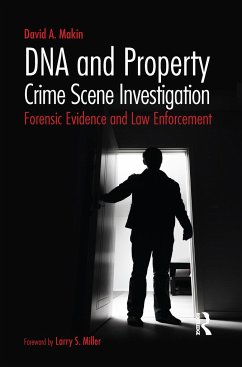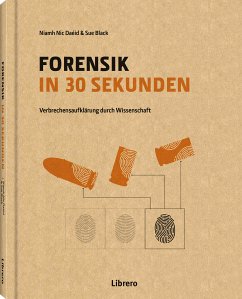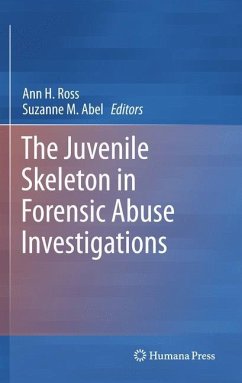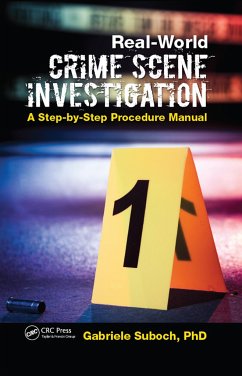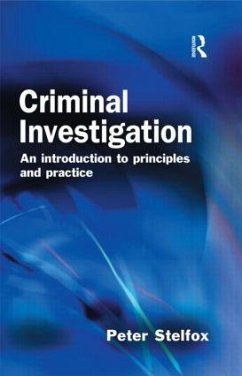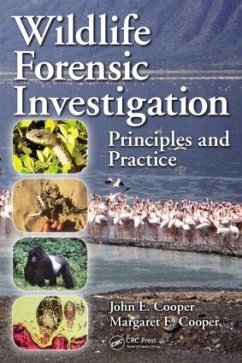
DNA and Property Crime Scene Investigation
Forensic Evidence and Law Enforcement
Versandkostenfrei!
Versandfertig in 1-2 Wochen
70,99 €
inkl. MwSt.
Weitere Ausgaben:

PAYBACK Punkte
35 °P sammeln!
Traditionally, forensic investigation has not been fully utilized in the investigation of property crime. This ground-breaking book examines the experiences of patrol officers, command staff, detectives, and chiefs as they navigate the expectations of forensic evidence in criminal cases, specifically property crimes cases. DNA and Property Crime Scene Investigation looks at the current state of forensic technology and, using interviews with police officers, command staff, forensic technicians, and prosecutors, elucidates who is doing the work of forensic investigation. It explores how better t...
Traditionally, forensic investigation has not been fully utilized in the investigation of property crime. This ground-breaking book examines the experiences of patrol officers, command staff, detectives, and chiefs as they navigate the expectations of forensic evidence in criminal cases, specifically property crimes cases. DNA and Property Crime Scene Investigation looks at the current state of forensic technology and, using interviews with police officers, command staff, forensic technicians, and prosecutors, elucidates who is doing the work of forensic investigation. It explores how better training can decrease backlogs in forensic evidence processing and prevent mishandling of crucial evidence. Concluding with a police chief's perspective on the approach, DNA and Property Crime Scene Investigation provides insight into an emerging and important approach to property crime scene investigation.





